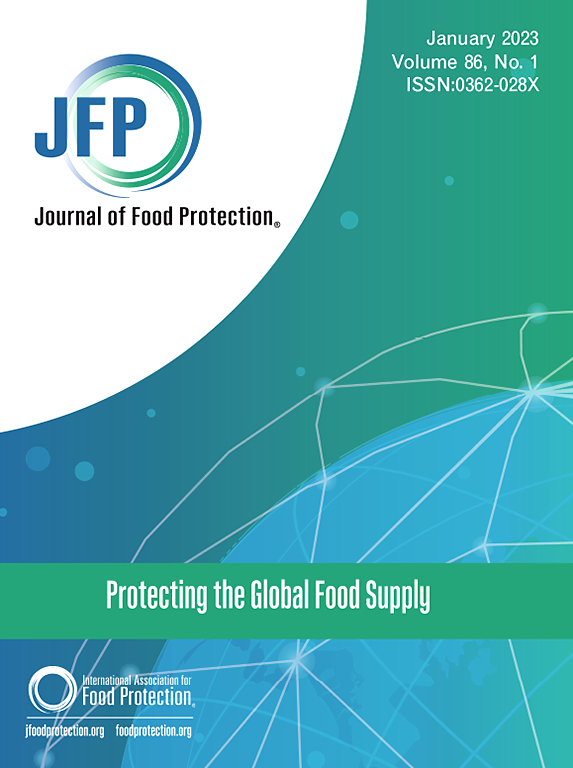Updated Mini-Review on Polychlorinated Diphenyl Ethers (PCDEs) in Food: Levels and Dietary Intake
IF 2.1
4区 农林科学
Q3 BIOTECHNOLOGY & APPLIED MICROBIOLOGY
引用次数: 0
Abstract
Polychlorinated diphenyl ethers (PCDEs) are a class of chlorinated aromatic compounds with structural similarities to polychlorinated biphenyls (PCBs) and polychlorinated dibenzo-p-dioxins/dibenzofurans (PCDD/Fs). Due to their physicochemical properties, PCDEs are highly resistant to degradation and tend to accumulate in soils, sediments, and aquatic organisms, making them capable of entering and persisting in the food chain. As with other persistent organic pollutants (POPs), diet represents the primary route of human exposure to PCDEs. This mini-review focuses on recent studies evaluating the concentrations of PCDEs in foodstuffs. The most recent available dietary intake, estimated in 2008, was 51.6 ng/day, showing an increase from 41 ng/day (reported in 2004). In both cases, the highest concentrations of ΣPCDEs were observed in fish and seafood (1,094.7 ng/kg wet weight in 2008). Notably, studies indicate that ΣPCDE levels are lower in cooked food samples compared to their raw counterparts. However, the potential health risks associated with dietary exposure to PCDEs remain uncertain, as no tolerable daily intake (TDI) values have been established for these compounds. This gap is directly linked to the absence of assigned toxic equivalency factors (TEFs) for PCDE congeners. Establishing TDIs and TEFs for PCDEs is critical to comprehensively assess their health risks and to inform regulatory and public health interventions.
求助全文
约1分钟内获得全文
求助全文
来源期刊

Journal of food protection
工程技术-生物工程与应用微生物
CiteScore
4.20
自引率
5.00%
发文量
296
审稿时长
2.5 months
期刊介绍:
The Journal of Food Protection® (JFP) is an international, monthly scientific journal in the English language published by the International Association for Food Protection (IAFP). JFP publishes research and review articles on all aspects of food protection and safety. Major emphases of JFP are placed on studies dealing with:
Tracking, detecting (including traditional, molecular, and real-time), inactivating, and controlling food-related hazards, including microorganisms (including antibiotic resistance), microbial (mycotoxins, seafood toxins) and non-microbial toxins (heavy metals, pesticides, veterinary drug residues, migrants from food packaging, and processing contaminants), allergens and pests (insects, rodents) in human food, pet food and animal feed throughout the food chain;
Microbiological food quality and traditional/novel methods to assay microbiological food quality;
Prevention of food-related hazards and food spoilage through food preservatives and thermal/non-thermal processes, including process validation;
Food fermentations and food-related probiotics;
Safe food handling practices during pre-harvest, harvest, post-harvest, distribution and consumption, including food safety education for retailers, foodservice, and consumers;
Risk assessments for food-related hazards;
Economic impact of food-related hazards, foodborne illness, food loss, food spoilage, and adulterated foods;
Food fraud, food authentication, food defense, and foodborne disease outbreak investigations.
 求助内容:
求助内容: 应助结果提醒方式:
应助结果提醒方式:


